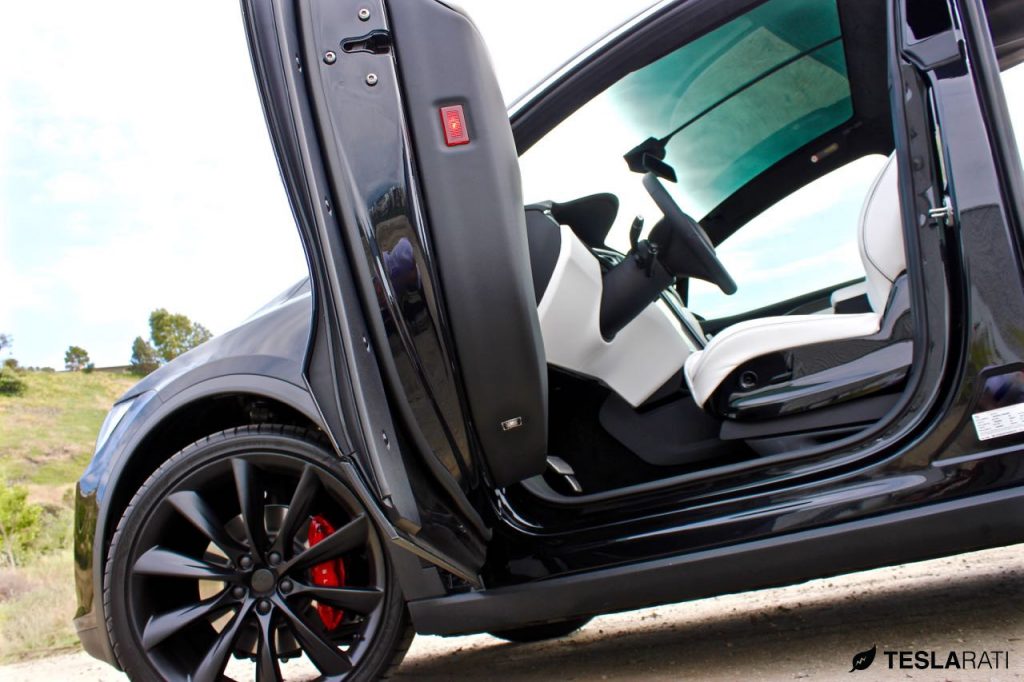News
Tesla Model X owner files for Lemon Law protection claiming unfixable defects
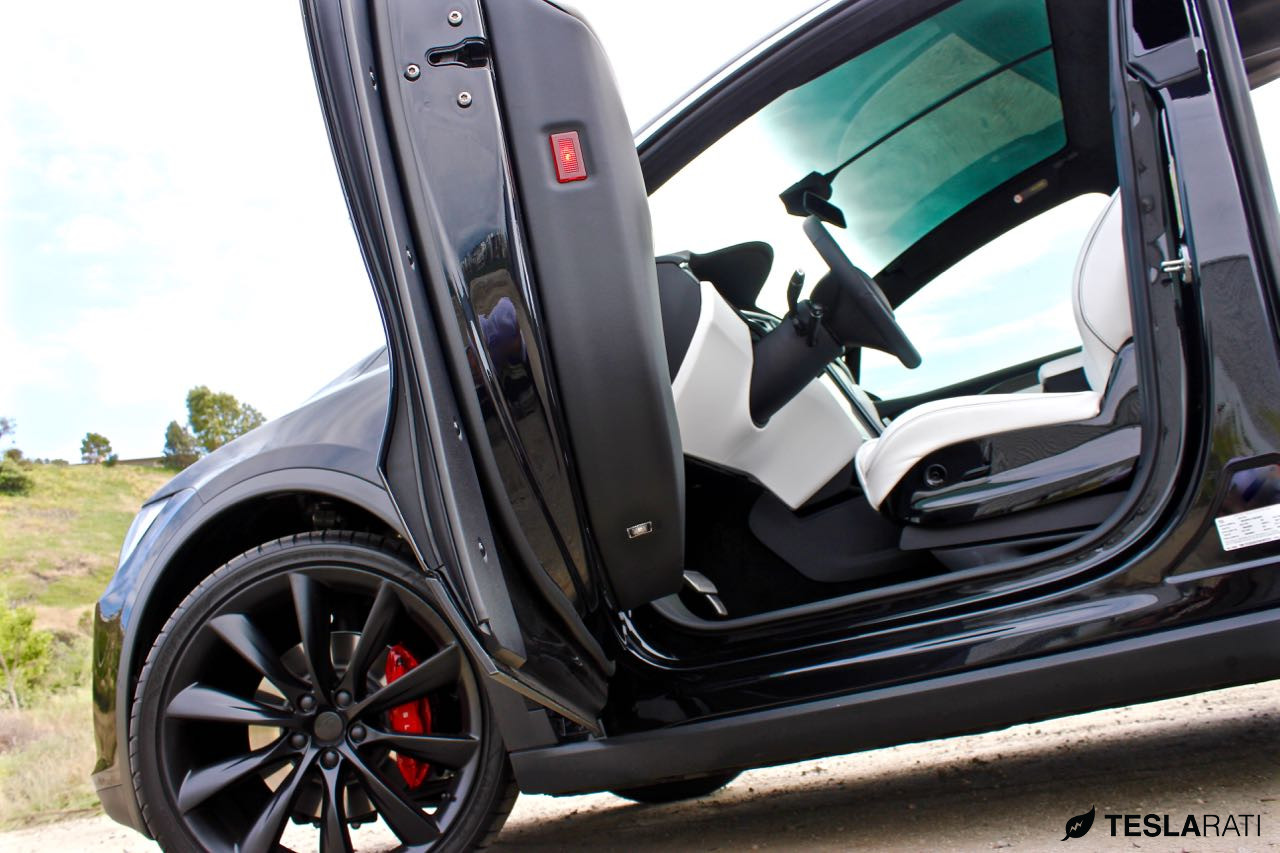
The first Lemon Law suit that we know of has been filed by a California man over the claim that his $162,000 Tesla Model X exhibits ‘weird’ behavior and is dangerous to drive.
Model X owner Barrett Lyon filed suit at Placer County Court in Roseville, CA claiming that the vehicle’s electronically actuated doors have slammed shut on his leg as well as damaged property as a result of its behavior. According to the Courthouse News Service (CNS), Lyon said “The doors do some weird, wicked things. If you get in and slide sideways and accidentally tap the brake, the driver’s side door slams shut on your leg. That’s not a very nice thing to have happen to you.”
Tesla Model X self-presenting front doors
The doors he’s referring to isn’t the Model X’s unique dual-hinged falcon wing doors that open out and upwards. Rather, Lyon is claiming that the vehicle’s sophisticated self-presenting and auto-closing front doors have swung open in their garage resulting in damage to the door and other property.
Among other issues being cited in the Lemon Law suit are (quoting Lyon via CNS):
- “Auto Pilot in the rain is extremely dangerous, it causes the car to swerve into different lanes.”
- “Powered front doors are opening into cars and other obstacles.”
- “The power door slams are a feature of the Model X, and cannot be disabled”
- “The touch screen freezes repeatedly, the second row seat causes driver’s seat to fold forward, and the auto park feature does not work 90 percent of the time,”
What’s interesting about this case is that Lyon would appear to be a long time supporter of Tesla being an owner to a Roadster as well as a Model S which he states have not given him any troubles. The Model X on the other hand has been a disappointment and thus remains undriven. “It’s parked. We don’t drive it. It’s basically a really fancy car decoration.”, says Lyon.
Lyon’s suit wouldn’t be the first time Tesla was faced with a Lemon Law challenge. Back in early 2014, the self-proclaimed “Lemon Law King” represented a Model S owner who claimed his newly bought vehicle at the time was out of service for a total of 66 days shortly after his March 2013 purchase due to alleged defects which prevented the vehicle from turning on and driving. Tesla quickly fired back releasing a statement on their blog defending their position, but also questioning the true motives behind the suit.
This new Lemon lawsuit brought on by Lyon and represented by San Francisco based law firm Anderson, Ogilvie & Brewer could have some merit especially with more widespread reports of the over-engineered “Best car ever” facing quality issues. Tesla CEO Elon Musk continues to reassure potential buyers that the company has increased its quality checks. Musk has gone as far as saying that he personally checks vehicles for quality and has set up a sleeping bag at the end of the production line where he sleeps.
Lyon seeks a refund on the purchase of the vehicle including registration fees. He also seeks damages for breach of warranty and lawyer fees.
Below is a copy of what the California Office of Attorney General defines as the Lemon Law.
California “Lemon Law”: A special provision, often called the “Lemon Law,” helps determine what is a reasonable number of repair attempts for problems that substantially impair the use, value, or safety of the vehicle. The “Lemon Law” applies to these problems if they arise during the first 18 months after the consumer received delivery of the vehicle or within the first 18,000 miles on the odometer, whichever occurs first. During the first 18 months or 18,000 miles, the “Lemon Law” presumes that a manufacturer has had a reasonable number of attempts to repair the vehicle if either (1) the same problem results in a condition that is likely to cause death or serious bodily injury if the vehicle is driven and the problem has been subject to repair two or more times by the manufacturer or its agents, and the buyer or lessee has at least once directly notified the manufacturer of the need for the repair of the problem as provided in the warranty or owner’s manual or (2) the same problem has been subject to repair four or more times by the manufacturer or its agents and the buyer has at least once directly notified the manufacturer of the need for the repair of the problem as provided in the warranty or owner’s manual or (3) the vehicle is out of service because of the repair of any number of problems by the manufacturer or its agents for a cumulative total of more than 30 days since delivery of the vehicle.

News
Tesla shares Optimus’ improved walk in new update video
The video featured an Optimus robot confidently walking in a humanlike manner.
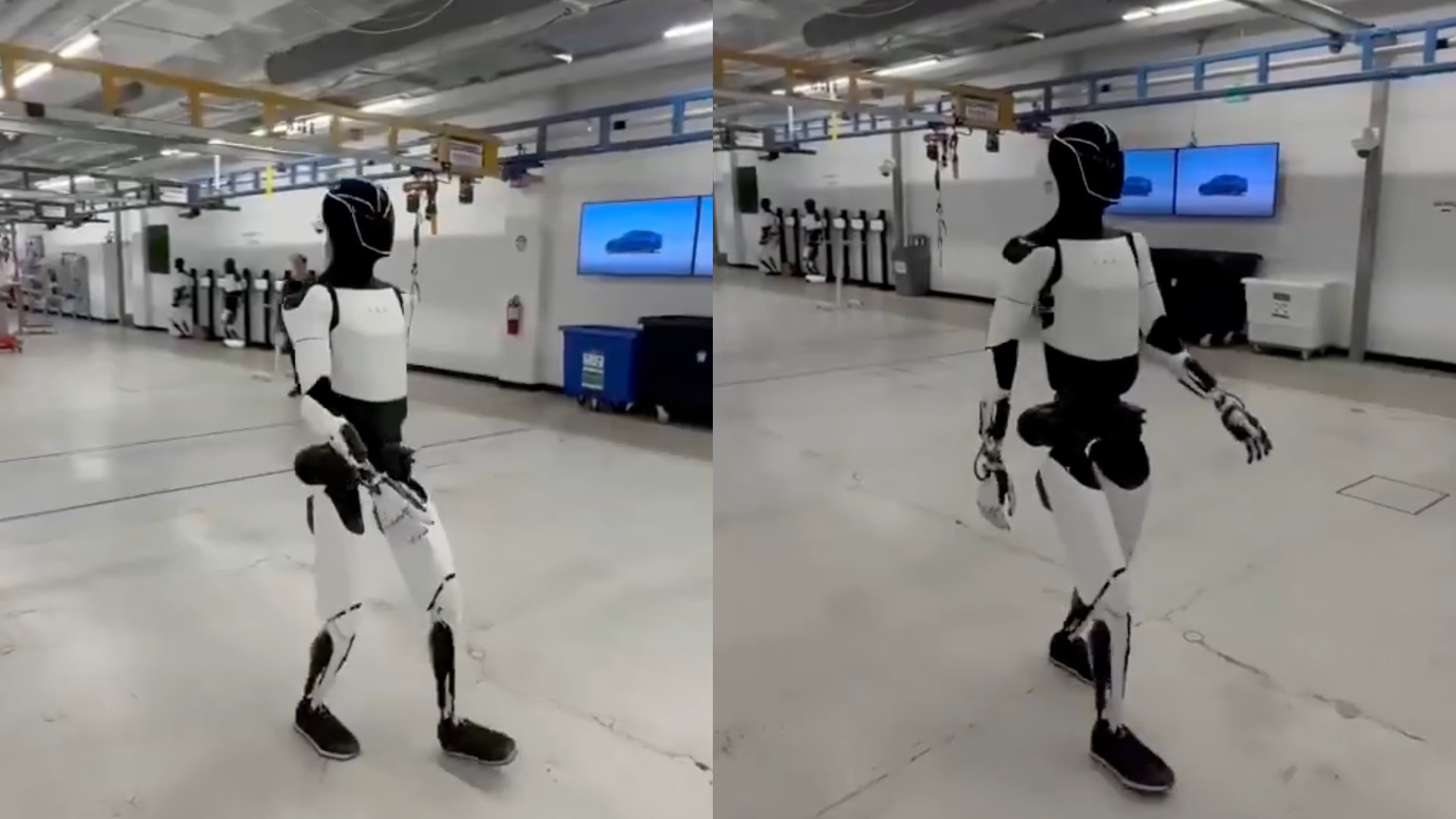
During Tesla’s Q1 2025 All-Hands meeting, CEO Elon Musk stated that the company will attempt to produce its first “legion” of humanoid robots this 2025.
A recent video from Elon Musk suggests that work continues to be underway to refine the humanoid robot before it enters production.
A Better Walk
Tesla’s new Optimus update video was shared on social media platform X by CEO Elon Musk, who described the video with the words, “Accurate actuators accelerate automation.” The video featured an Optimus robot walking confidently, in a manner that is significantly more humanlike than its previous iterations.
A post from Tesla Vice President of Optimus (Tesla Bot) Milan Kovac shared more context about the new video. As per Kovac, the short clip demonstrates the humanoid robot’s latest walk, with “straight knees, smoother heel-to-toe gait, and arms sway.” Kovac also noted that the humanoid robot was “Entirely trained in simulation with RL.”
Optimus’ Quick Progress
Optimus was initially announced in 2021 during Tesla’s AI Day event. At the time, Tesla only had a static model of the humanoid robot, as well as a literal man in a suit. Fast forward to today, and Optimus has already undergone several iterations. Several of its components have also been vastly improved, such as its hands, which is expected to feature 22 degrees of freedom when it enters production.
Tesla seems determined to start production of Optimus quickly. During the Q1 2025 All Hands meeting, CEO Elon Musk stated that the Fremont Factory had produced its first humanoid robot from its Optimus production line. Musk also noted that while Tesla is internally aiming for enough parts to produce 10,000 to 12,000 Optimus robots this year, the company could very well be capable of producing 5,000 units of the humanoid robot this 2025.
“So this year, we hopefully will be able to make about 5,000 Optimus robots. We’re technically aiming for enough parts to make 10,000, maybe 12,000, but since it’s a totally new product with a totally new, like everything is totally new, I’ll say we’re succeeding if we get to half go the 10,000. But even 5,000 robots, that’s the size of a Roman legion, FYI,” Musk stated.
Investor's Corner
Tesla (TSLA) shares date for “Company Update” and Q1 2025 earnings call
Tesla seems to be planning something slightly different for the upcoming event.
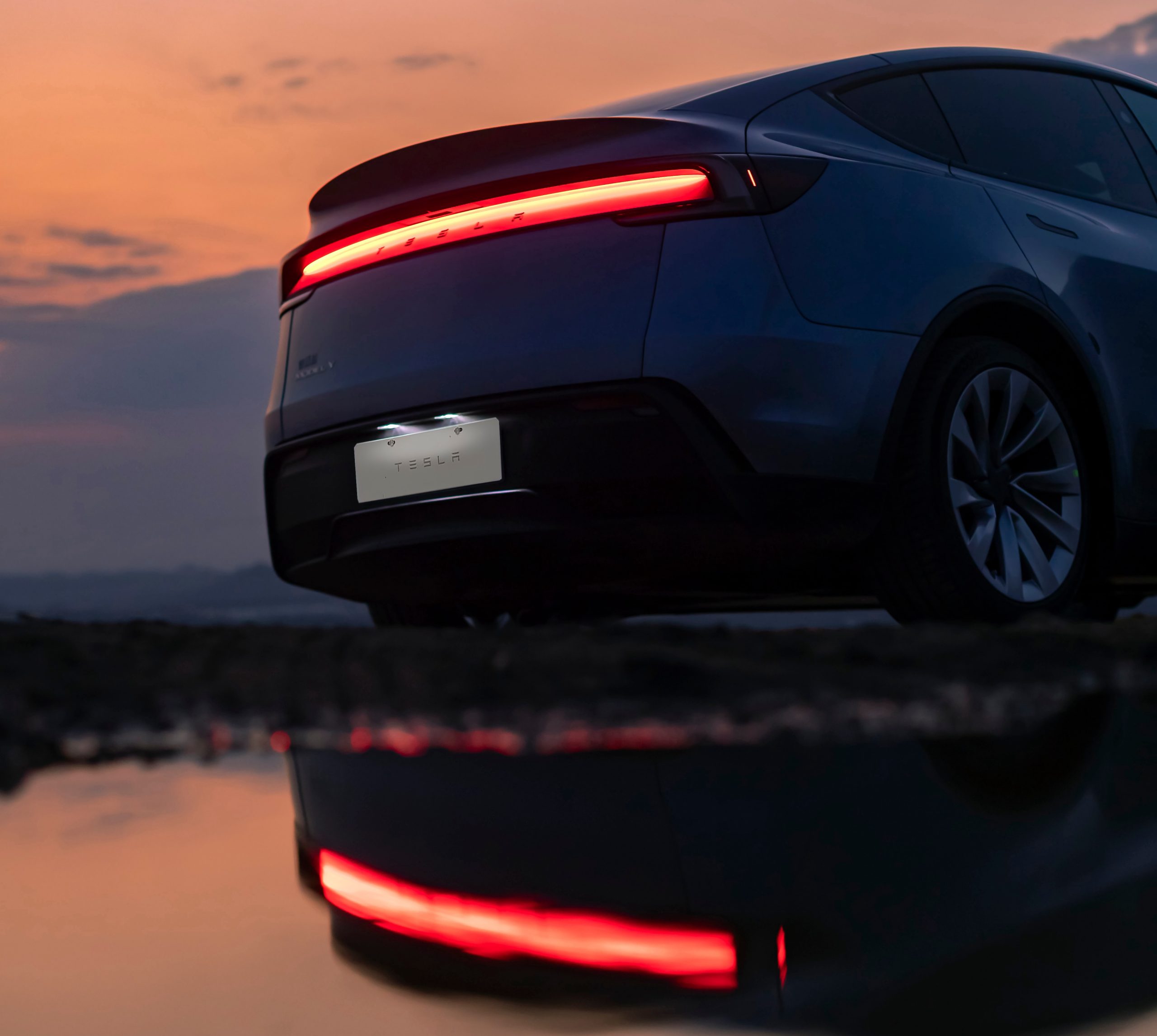
Tesla (NASDAQ:TSLA) has announced the date for its upcoming first quarter 2025 earnings call.
Interestingly enough, the company seems to be planning something slightly different for the upcoming event.
Tesla Q1 2025 Earnings Call Date
As shared by Tesla in its Q1 2025 vehicle production and delivery report, the company would be holding its first-quarter earnings call on Tuesday, April 22, 2025, at 4:30 p.m. Central Time / 5:30 p.m. Eastern Time. Similar to past earnings calls, the event will be livestreamed. An archived version of the session would also be shared on the company’s website.
Prior to the earnings call, Tesla will be releasing its Q1 2025 Update Letter. The Q1 2025 Update Letter will be released after markets close on April 22.
A Company Update
Tesla enthusiasts and TSLA bulls have observed that the electric vehicle maker adjusted its wording a bit in its Q1 2025 vehicle delivery and production report. As could be seen in the release, Tesla noted that it would also be holding a “Company Update” on April 22. This is the first time that such an event has been referenced by the electric vehicle maker with its quarterly earnings call.
“In addition to posting first quarter results, Tesla management will hold a live company update and question and answer webcast that day,” Tesla wrote in its Q1 2025 vehicle delivery and production report. Tesla also referenced a “Company Update” in a post on its official X account.
Expectations are high that Tesla will discuss some of its highly anticipated projects during its Company Update. These may include, among other things, new affordable vehicles that were mentioned in the Q4 and Full Year 2024 Update Letter.
“Plans for new vehicles, including more affordable models, remain on track for start of production in the first half of 2025. These vehicles will utilize aspects of the next generation platform as well as aspects of our current platforms and will be produced on the same manufacturing lines as our current vehicle line-up,” Tesla wrote.
News
Tesla China sees 156% month-over-month sales increase in March
Tesla China’s results in March were shared by the China Passenger Car Association (CPCA).

Tesla China saw a sharp rise in sales last month. After several weeks of throttled sales due to the new Model Y, Tesla China initiated a strong comeback in March.
Tesla China’s results in March were shared by the China Passenger Car Association (CPCA).
CPCA Data
As per the CPCA’s recent data, Tesla China sold 78,828 vehicles wholesale in March. This number includes vehicles that were sold domestically and exported abroad.
Considering that Tesla China only sold 30,688 vehicles wholesale in February, March’s results represent a 156.87% month-over-month increase. However, these numbers still represent an 11.49% year-over-year decrease compared to March 2024.
Q1 2025 Results
For the first quarter, Tesla China sold a total of 172,754 vehicles wholesale. This represents a 21.79% year-over-year decrease from the 220,876 units that were sold wholesale in the first quarter of 2024, as noted in a CNEV Post report. This decrease, however, is likely due to the rollout of the new Model Y, which required adjustments to Giga Shanghai.
The Model Y’s update adversely affected Tesla’s results this Q1 2025, but the company remains optimistic about the revamped all-electric crossover’s ramp. “While the changeover of Model Y lines across all four of our factories led to the loss of several weeks of production in Q1, the ramp of the New Model Y continues to go well,” Tesla wrote in its report.
New Model Y Momentum
The new Model Y has been seeing some strong momentum since the vehicle started its domestic deliveries in late February. In March, Tesla sold a total of 43,370 new Model Y in China. This was enough to make the new Tesla Model Y the country’s best-selling vehicle for the month.
-

 News2 weeks ago
News2 weeks agoTesla aiming to produce first “legion” of Optimus robots this 2025
-

 Elon Musk1 week ago
Elon Musk1 week agoTesla CEO Elon Musk’s simple message to vandals
-
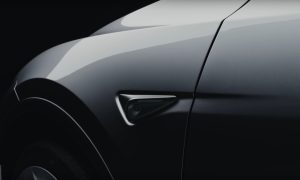
 Elon Musk2 weeks ago
Elon Musk2 weeks agoElon Musk confirms two measures Tesla is taking to fight vandalism
-

 News1 week ago
News1 week agoTesla’s Giga Berlin director responds to anti-Musk criticism
-
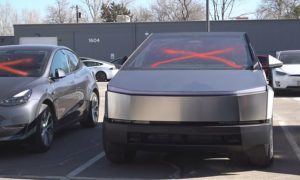
 Elon Musk2 weeks ago
Elon Musk2 weeks agoTesla owners doxxed by controversial anti-DOGE website in clear intimidation tactic
-

 Elon Musk2 weeks ago
Elon Musk2 weeks agoElon Musk to file lawsuit against former US Rep Jamaal Bowman: “I’ve had enough”
-

 News1 week ago
News1 week agoTesla Model Y inventory is going fast, selling out in many U.S. states
-
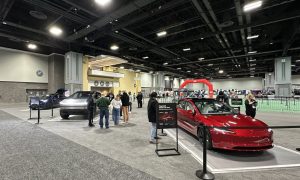
 Elon Musk2 weeks ago
Elon Musk2 weeks agoTesla kicked from popular auto show as event succumbs to protest pressure
